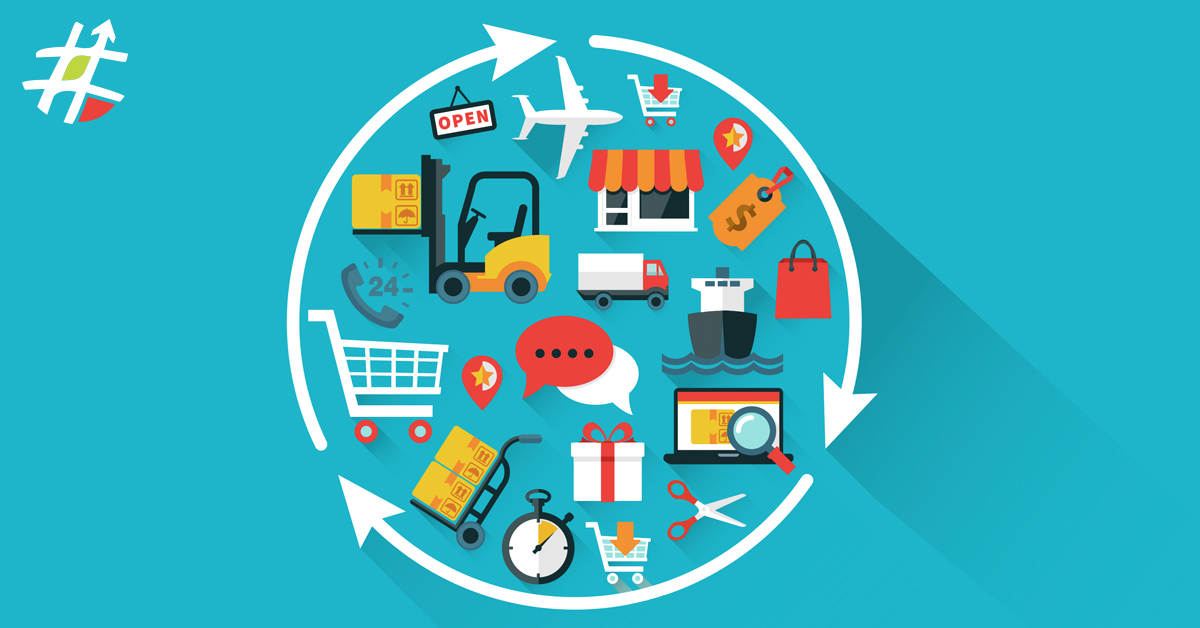Sustainability isn’t a buzzword anymore; thanks to customer demands (expectations, even) and government regulations, it’s the new normal. Unfortunately, the traditional, linear supply chain, with its resource-heavy inefficiency, doesn’t lend itself to this ESG-focused world.
If organisations want to capture the loyalty of the contemporary customer and stay in the government’s good books, they need their procurement team to start implementing a circular supply chain.
What is a circular supply chain?
A circular supply chain is a sustainable business model that aims to keep resources in use for as long as possible, extract the maximum value from them while in use, then recover and regenerate products and materials at the end of each service life.
Here’s an example.
A company that produces consumer electronics such as smartphones designs their products for longevity and recyclability by using durable materials and modular design, which allows for easy repair and upgrade. They also offer repair and upgrade services to customers, reducing the need for them to purchase new smartphones.
The company also establishes a closed-loop system for recovering and regenerating materials at the end of the products’ service life. They work with third-party providers to collect used devices from consumers and recycle or refurbish the materials. They also invest in research and development to find new ways to recover valuable materials from used products, such as precious metals and rare earth elements.
What are the benefits of a circular supply chain?
Reduce waste, increase efficiency.
A circular supply chain can help reduce costs for procurement by minimizing waste and maximizing resource efficiency. By designing products for longevity and recyclability, and recovering and regenerating materials at the end of their service life, procurement can minimize the need to constantly purchase new resources, thus reducing overall costs. Additionally, by investing in closed-loop systems and infrastructure, companies can also create new business opportunities in areas such as material recovery and recycling, which can lead to cost savings and increased profitability.
Increase strategic output.
Secondly, a circular supply chain can help procurement professionals to be more strategic in their sourcing decisions. By taking a more holistic view of the entire supply chain, procurement professionals can identify new opportunities to collaborate with suppliers and partners, create new revenue streams, and increase competitive advantage. Additionally, by focusing on closed-loop systems, procurement can also reduce dependence on fossil fuels and decrease greenhouse gas emissions, which can help companies to meet their sustainability goals.
Align your brand with customers’ values.
The modern customer has different priorities; it’s no longer enough to offer the cheapest price, or even the highest-quality product. They want to know how you made it, and what impact that had.
A circular supply chain can also help procurement professionals to enhance their company’s reputation and brand image. By demonstrating a commitment to sustainability and environmental stewardship through circular procurement practices, companies can increase customer loyalty, trust and brand awareness, which in turn can lead to increased sales and revenue.
Keep ahead of government regulations.
A circular supply chain can also help procurement professionals to meet changing regulations and customer demands for sustainable products and services. By implementing a circular supply chain, companies can comply with regulations related to waste reduction and resource efficiency, and meet the growing demand for sustainable products and services from customers, which can help to protect the company’s reputation and maintain its competitiveness in the market.
How to create sustainable supply chains
While the circular supply chain carries far more benefits than the traditional, linear type, making the change doesn’t have to be as drastic, time-consuming or expensive as you might think. Start small. With the right data analytics, you can identify opportunities in your supply chain for a circular overhaul. Which products, or components of products, can be made from recycled materials? Which parts of returned products can be broken down and reused? Where are the market opportunities to invest in material and waste recovery?
At Comprara, we’ve been helping companies put the microscope on their supply chains with our powerful Spend Analytics software. Modern AI and machine learning has given organisations the power to transform their linear supply chains into circular ones through small, strategic and effective steps.
Get in touch today to find out more.








